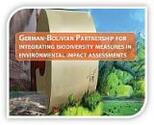EIA Workshop in Bonn-Germany, 28 September –2nd October 2015
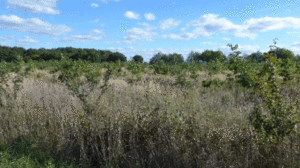
The second workshop took place in Bonn, Germany (program attached) with the participation of members of the Bolivian and German team.
The objective of this workshop was to present the core research activities on biodiversity from the German partner institution and bringing in expert views on experiences of accounting for biodiversity in environmental impact assessments in Germany from the legal perspective, practical implications, methods and challenges. In addition, some excursions were prepared to get practical impressions about EIA case studies and their on-the-ground implementation with a focus on biodiversity issues.
At the meetings participants from both university groups (ZEF-Bonn and UCB-Bolivia) held presentations and participated in active discussions. ZEF´s team presented biodiversity research at ZEF and current involvement of this institution and team members at the most important UN platform for the interface between science-policy on biodiversity, IPBES (Intergovernmental Platform on Biodiversity and Ecosystem Services). Here, Bolivia participates with Bolivian policy makers (such as the Viceminister of Planning and Development and officers from the Bolivian Biodiversity Secretariat) as well as scientists appointed by the Bolivian government.
In addition, external experts were invited to this workshop including Dr. Carolin Kieß from the Federal Agency for Nature Conservation (BfN), who gave a presentation on „Assessing biodiversity in German EIAs: the legal perspective“, Dr. Lily Rodriguez from the Institute of Food and Resource Economics-ILR with insights on “Practical tools from the field for Biodiversity Assessments in EIAs”. Dr. Miguel Fernández from the German Centre for Integrative Biodiversity Research-iDiv, Leipzig was invited to give a presentation on „Challenges and Opportunities for a Bolivian Observatory Network”; whereas he presented the status of available biodiversity datasets of Bolivia, which he had gathered and processed including national herbariums and several Bolivian and international institutions. Dr. Fernández expressed his willingness to participate as external partner in this project and will provide his available biodiversity databases to contribute to the development of a future concept of including biodiversity aspects in EIAs. As immediate result, a joint publication draft concept was planned and discussed. Finally, as a result of this second workshop, a common agenda for potential future research within the framework of this project was set up.
PRACTICAL EXAMPLES AND EXCURSIONS – GERMANY
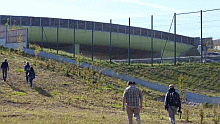
Practical examples from “Biodiversity Aspects within Road Planning in Germany” were presented and discussed by Wolfgang Stein from Strassen NRW, the Road Authority for the State of Northrhine-Westfalia. The surface lignite mining sites in Hambach forest were visited. Tools, challenges, cost implications, regulatory framework, prevention and compensation measures that account for biodiversity in Germany were discussed during this excursion.
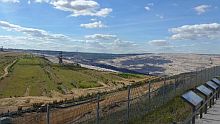
At the second excursion, the workshop participants visited an EIA planning company in Bonn city centre (http://www.zumbroich.com/). This company applies EIAs and is one of the leading companies specialized in biodiversity aspect. Prof. Zumbroich showed the company and gave a set of presentations on EIAs in general, relevant EIAs conducted by the company and on specific methods to account for biodiversity in fresh water and terrestrial ecosystems.
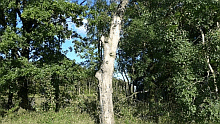
The third excursion was to Siebengebirge Nature Reserve south of Bonn, the oldest nature reserve in Germany. Aim was to give a practical insight in the historical development of the appreciation of nature conservation and the establishment of protected areas in Germany as a consequence of the experience of the negative consequences of over-exploitative natural resource extraction, as happened in case of the Drachenfels mountain. Moreover, the Siebengebirge is a typical regional site to learn about one of the major and dominant German ecosystems (Mixed beech forests), its particular geology and natural beauty.
